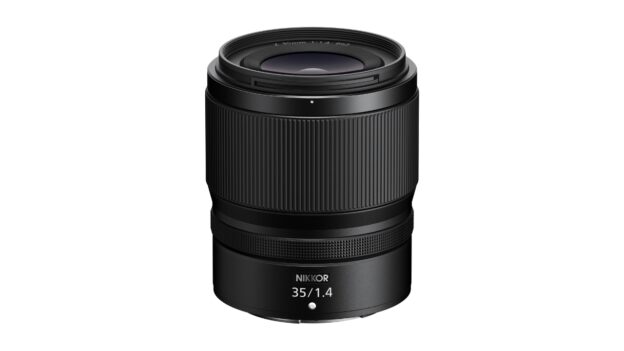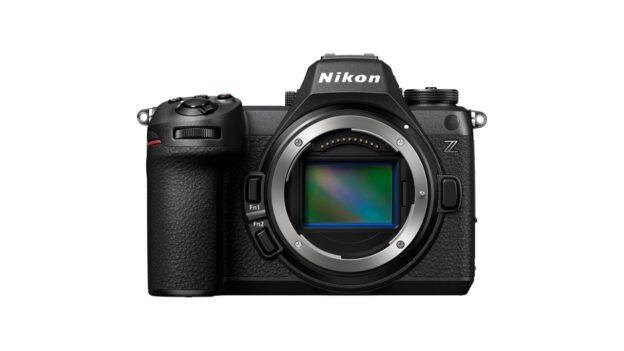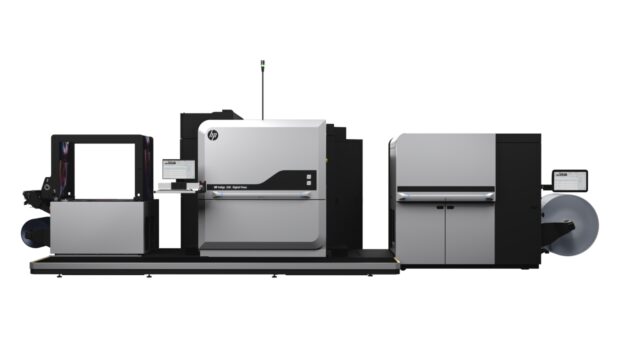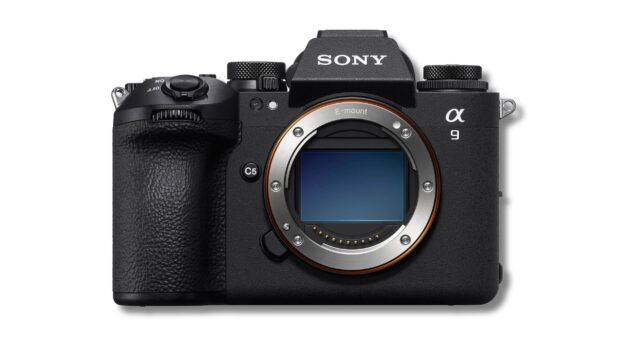Xiaomi has recently unveiled its latest smartphones, the Xiaomi 14 Ultra and Xiaomi 14, marking the debut of its new flagship series in India. The devices, developed in collaboration with Leica, aim to advance Xiaomi’s presence in the realm of mobile photography. Both models are the inaugural smartphones from the brand to operate on Xiaomi’s HyperOS straight from the box.
The launch event highlighted the collaborative efforts between Xiaomi and Leica in enhancing smartphone imaging technologies. According to Anuj Sharma, Chief Marketing Officer at Xiaomi India, the partnership has led to significant advancements in mobile photography, underscored by the introduction of the Xiaomi 14 Series. The new line-up incorporates Leica Summilux optics and a 75mm floating telephoto lens among other features, emphasizing Xiaomi’s commitment to innovation in mobile imaging.
The Xiaomi 14 Ultra is presented as the zenith of mobile photography, drawing on design cues from professional cameras. It boasts a 50MP quad-camera array, covering a wide range of focal lengths and supported by a 1-inch image sensor for high dynamic range photography. Additionally, the device enhances videography with 8K video recording capabilities across all cameras and introduces features like a Movie mode for cinematic shooting and a Director mode for multi-camera setups.
The Xiaomi 14 Ultra features a unibody metal structure with nano-tech Vegan Leather, offering enhanced wear resistance. It also sports a Quad Curved Display with 2K resolution and 120Hz refresh rate, complemented by Dolby Vision and Dolby Atmos for an immersive viewing experience.
The Xiaomi 14, while smaller in size, does not compromise on technology or design. It features a high-definition display, a 3D curved back, and is powered by the same Snapdragon 8 Gen 3 Mobile Platform as the Ultra model. The camera system, co-engineered with Leica, includes a primary lens with a custom sensor for superior photography.
Both models incorporate Xiaomi’s Surge battery management system for optimized battery performance. The Xiaomi 14 Ultra offers rapid wired and wireless charging, while the Xiaomi 14 supports fast charging technologies as well.
The Xiaomi 14 Ultra, equipped with 16GB of RAM and a 512GB storage option, is priced at INR 99,999. Sales for this model are scheduled to start at 12 noon on April 12, 2024. For enthusiasts looking to secure their purchase early, a limited Reserve Edition will be up for booking starting March 11, 2024, at 12 noon, with a reservation fee of INR 9,999. This edition boasts exclusive items such as a limited-edition case and a 67mm filter adapter, among other surprises, with early access sales kicking off on April 8, 2024, available exclusively at Mi.com and Mi Homes.
The Xiaomi 14, offering 12GB of RAM and 512GB of storage is available for ₹69,999 and will also be available for an effective price of INR 59,999 after taking into account the INR 5,000 discount on ICICI bank cards, the exchange bonus, and a 24-month no-cost EMI option. This model will be on sale from 12 noon, March 11, 2024, across various platforms including Mi.com, Xiaomi retail stores, Amazon India, and Flipkart.
Xiaomi 14 Series purchasers will enjoy additional benefits such as one free screen replacement within the first six months, a complimentary one-year out-of-warranty repair service covering labor costs, access to a dedicated relationship manager, and a three-month free subscription to YouTube Premium, enhancing the overall user experience and value proposition of these flagship devices.











